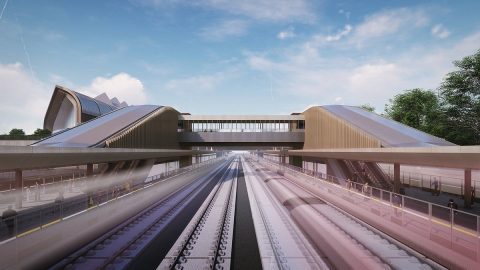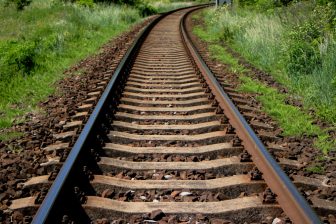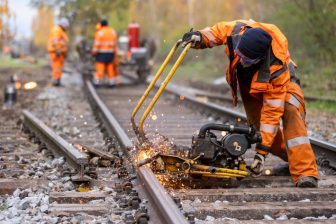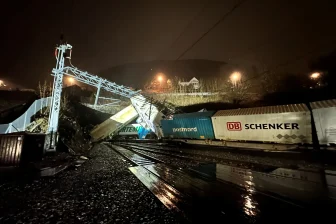
Britain’s HS2 rail wants to reduce 50 per cent carbon emissions
The HS2 project accused of fraud and coming off the rails HS2 Ltd
HS2, Britain’s new high speed train has set a 50 per cent carbon reduction target, making it UK’s first to achieve the global PAS 2080 accreditation. PAS 2080 is a global specification standard that has been developed to provide a consistent framework for evaluating and managing carbon emissions across the whole infrastructure value chain. HS2 would be the second in the world to achieve PAS 2080.
Want to read more?
You have read all of your free premium articles for this month. Please become a subscriber to keep reading.
Subscribe now!
Take advantage of our exclusive offer to get full access to all premium content.



